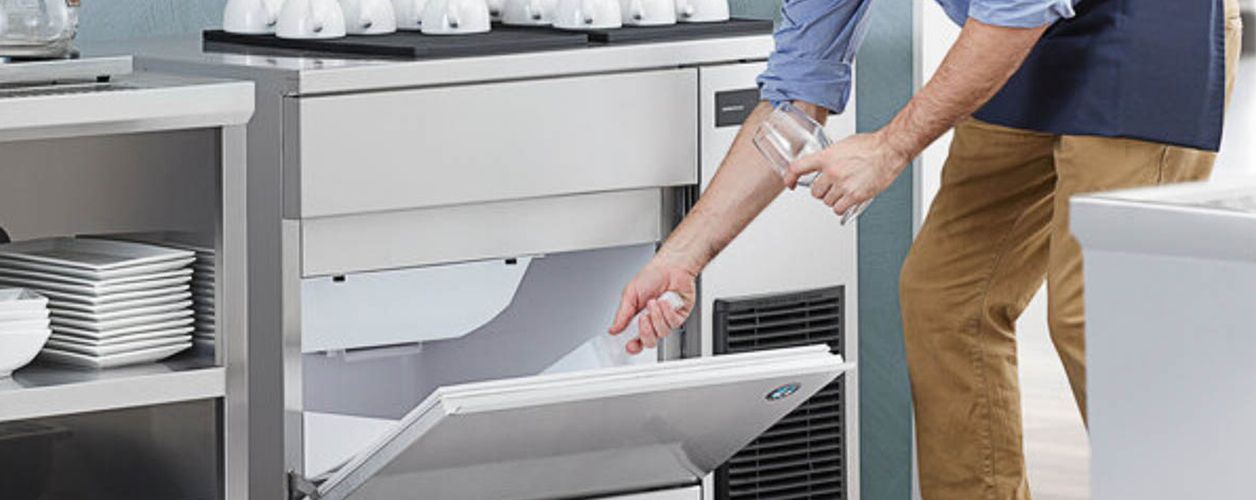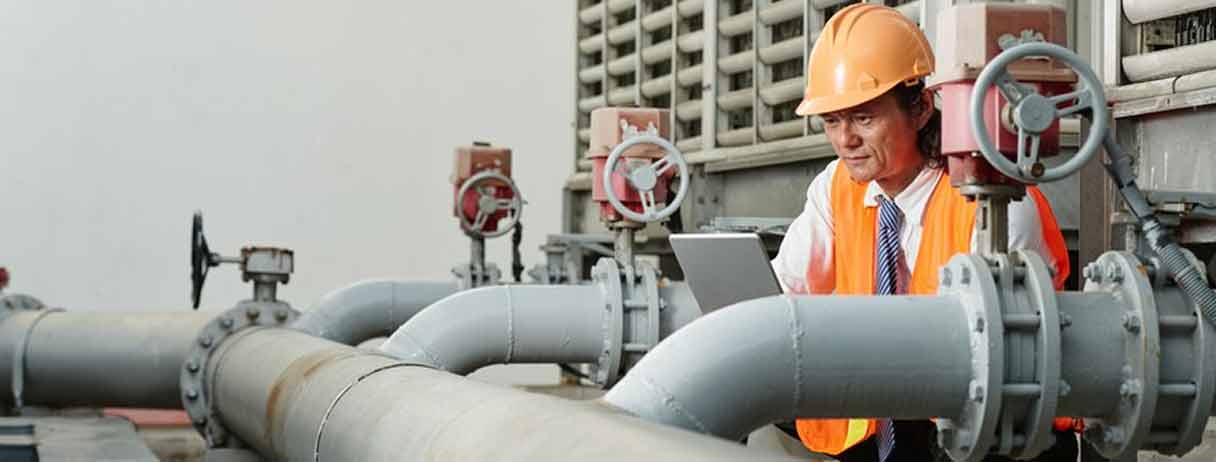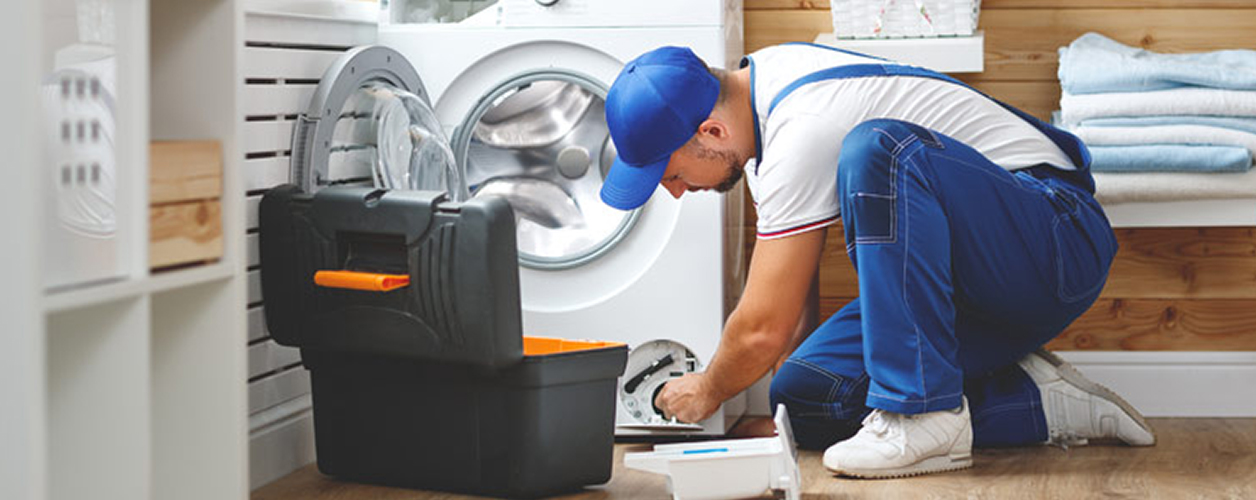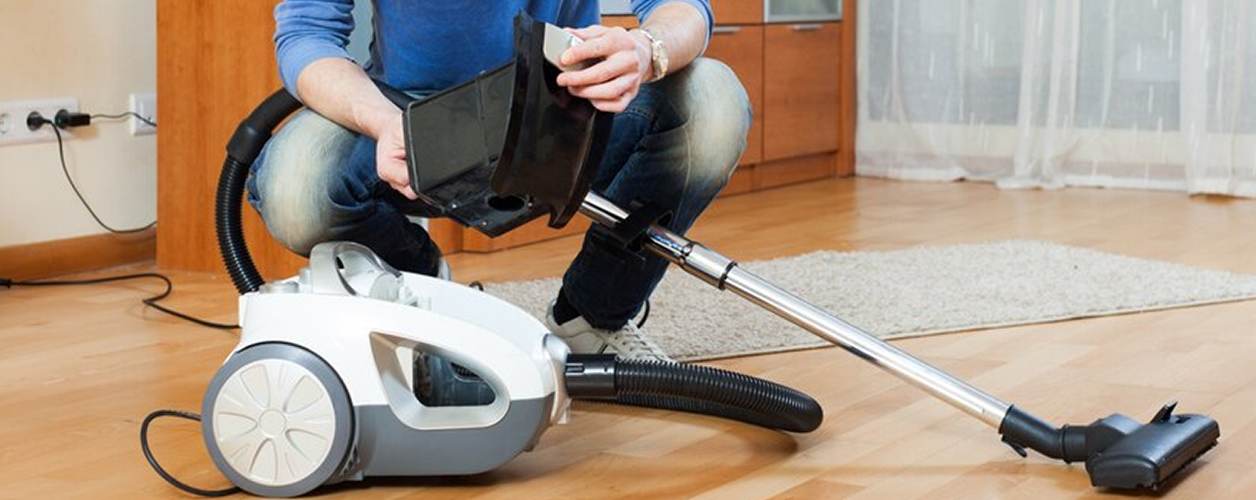Get free quotes within minutes
What You Can Do About Your Non-Functioning Ice Machine
Explore solutions for your malfunctioning ice machine with expert insights. Common issues include leaks, broken water valves, control arm problems, frozen water lines, outdated filters, damaged ejector units, and blocked ice runoff. Learn DIY tips for troubleshooting minor problems, such as control arm adjustments and kinked water lines. For complex issues like leaks and broken parts, consult a professional for efficient ice machine repair. Regular maintenance, including water filter replacement and temperature checks, can extend the life of your ice maker.

Ice makers may malfunction as a result of ageing, damaged components, or low water pressure.
Key Points
- Usually requiring expert intervention, leaking is the most typical problem with ice producers.
- If you are not a frequent user of your ice machine, turn it off to help preserve it.
- If you live somewhere with hard water, replace your filter more frequently than twice a year.
A refreshing drink is perfect on hot summer days, and ice makers are a terrific kitchen appliance. However, ice makers don't endure forever, much like summer. The ice makers need to be replaced sooner than the refrigerator because they tend to malfunction from time to time.
Learn Here Some Typical Problems Of Ice Machines That Require Repairs:
Seepage
You should turn off the water to your ice maker until the problem is fixed or if it is leaking. Since the fill tube extension might leak water, you should inspect the water valve for leaks. Verify the security of the water line fittings by examining each connection along the water line for leakage. For a long-lasting solution, contact a local expert refrigerator repair agency if you are unable to identify and resolve the problem on your own.
Water Valve Broken
A damaged water intake valve, which provides water to the ice machine, is another reason why they break. For the valve to operate correctly, 20 pounds of pressure per square inch is required. It's probably broken and has to be replaced if the water entry valve is receiving electricity and the proper pressure. If it's not receiving enough pressure, your ice maker may require a new connection or a pressure booster installed in your house. In either scenario, get assistance from a professional.
Control Arm Problems
The control arm on the majority of ice producers turns the machine on and off. Your ice maker might turn off without you knowing if you press the control arm by mistake. Make sure the control arm or level is positioned appropriately by giving it a thorough inspection.
Line of Frozen Water
It's also conceivable that your ice maker's water supply isn't getting to it because of a bend in your water line. If there are any kinks, run your hands along the water line to feel for them. If not, manually straighten them out. If it is completely kinked, straightening it can cause a leak, therefore you would need to get an expert to install a new one.
The outdated water filter
How recently did you update the ice maker's filter? It's a simple maintenance chore for your freezer and refrigerator that you can easily forget to do, but if you put it off for too long, it might lead to ice maker problems. If your location has hard water, this is especially crucial because if the filter isn't getting rid of the minerals, it will block other parts of the ice maker. To test if it affects how well your ice maker works, check the condition of your water filter and replace it if needed.
Damaged Ejector Unit
Your ice maker's ejector assembly may be malfunctioning if it is experiencing problems producing and dropping ice cubes. To start debugging this problem, empty, wash, dry, and reinstall the ice bucket. Next, disconnect the ice maker or click the "reset" button to reset it. Make sure that no ice buildup or obstruction is obstructing the ejector paddle, which is the flap that lets ice exit the chute. If the ice maker is still unusable, you will probably need to repair the ejector component due to damaged gears.
Blocked Ice Runoff
One of the most difficult issues with ice producers is that the ice can freeze in the chute and clog it. Another possibility is that the ice maker won't split the ice cubes after it makes them, which might result in larger-than-normal ice cubes that jam the chute or become stuck at the top, turning off your ice maker.
When ice or frost becomes stuck in the ice chute, physically clear it out with a wooden spoon or other non-scratching implement. To melt any trapped parts, you may also try running warm water through the chute. With the door open, carefully pour warm, not boiling, water into the chute while placing a folded hand towel within the ice ejector.
Innate Problems
Occasionally, an element or section of the ice maker will malfunction. You'll probably need to replace your ice maker in these situations. The majority of repairs require replacing the complete ice maker assembly because few manufacturers produce individual components for ice producers.
Seeking a second assessment from an expert is still a smart idea, though, before giving up and buying a new machine. A local expert in ice machine repair may examine your ice maker, identify any problems, and suggest a course of action.
Maintenance Advice for Your Ice Maker
- You may easily switch off your ice maker if you don't use it very often by simply raising your arm to the upright position. To turn updated models of icemaker, you might need to press buttons on the control panel. By doing this, you can ensure that your ice maker lasts as long as possible and extend its lifespan.
- The performance of an ice maker is also dependent on the quality of the water. If you reside in a region with hard water, you need to replace your water filter more frequently than every six months if you use a water filtration system.
- Confirm if the freezer is sufficiently cold. The ice maker is temperature sensitive, therefore it won't work correctly if it's not cold enough. Chute jams can occur more frequently due to the melting and refreezing of ice caused by warmer freezer temperatures.
- Lastly, since they frequently have an impact on how well your ice maker works, you should check the condition of your refrigerator and freezer. Make sure everything is operating as it should by routinely cleaning your refrigerator and freezer and checking the temperature settings.
Do It Yourself Vs Hiring a Professional
When DIY Can Help
When compared to engaging a professional, troubleshooting and sometimes even fixing your ice maker problems might save you money. Here are a few problems that you can identify and resolve on your own:
- Problem with the control arm: Because the control arm is located near the area where you obtain ice and keep food, it might be mistakenly turned off. The control arm functions as a kind of rapid shut-off for your ice machine. To solve the problem, just press the control arm back down if it is in the "up" position.
- The water line has a tiny kink: You may physically bend your water line back into position if you feel along it and find a tiny kink or sharp bend. By doing this, your ice maker receives enough water to produce ice. Hence you do not require professionals.
- There is too much heat in the freezer: Your freezer may be too hot if the ice is melting and then refreezing or if it isn't freezing at all. Use a freezer thermometer to ensure that the Ice Machine Repair and installation are not required. Hence, to measure the temperature precisely, or turn the dial down and give it a try.
- Frozen chute clogged: Check the interior of your ice chute for any ice pieces obstructing the flow. Hence, for Ice Machine Repair, use a wooden spoon to carefully remove it, or wipe off the ice with a towel dipped in hot water.
- The water filter is old: Replace the water filter within six months. As you purchase the property replacement filter, make sure you adhere to the manufacturer's instructions.
Problems That Call For The Assistance Of An Expert
There are additional problems that call for the assistance of an expert in appliance repair. Among them are the following:
- Seepage: Any leaks should be inspected and repaired by experts. This includes leaks into the freezer compartment, around the ice maker, and in the water line.
- Water valve broken: You may need to replace your water valve if it isn't providing the appropriate water pressure or temperature. An expert can do the task securely and prevent more harm to your equipment.
- Ejector assembly broke: Problems with ejector assemblies may require changing certain gears or the complete assembly. A professional will have the resources and knowledge necessary to complete this task successfully in any scenario.
- Internal parts problems: Your ice maker's interior parts are delicate and difficult to replace or fix without experience. Hazardous electrical components to fix oneself may potentially be among the components.
Summing up
Ice machines are handy, especially in summer, and many use them for daily household chores. If your ice machine isn't working, or you need repair and installation, hiring an expert can make the task easier.
Capital Cities
- Appliance Installers Services in Melbourne
- Appliance Installers Services in Brisbane
- Appliance Installers Services in Sydney
- Appliance Installers Services in Adelaide
- Appliance Installers Services in Perth
- Appliance Installers Services in Canberra
- Appliance Installers Services in Hobart
- Appliance Installers Services in Darwin













